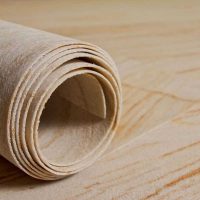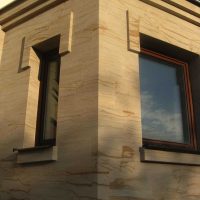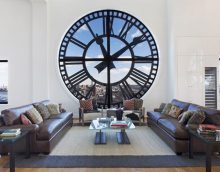Flexible stone in interior design
Nothing can be compared with finishing materials of natural origin, but the stone has a lot of weight, and rolled materials do not have its advantages. Flexible stone is a successful attempt to combine the advantages of different types of cladding in the interior. Aesthetics of thin stone plates applied on a flexible base is a new approach to stone decoration of curved surfaces and the implementation of special design tasks.

Room design with flexible stone wall decoration

Flexible stone room interior

Wall decoration with flexible stone
Content
Material Features
Flexible stone - a thin section of sandstone, in which the natural pattern is preserved after application to the bendable base. Not every breed is suitable for these purposes, therefore it is used only with a porous texture. Prepared cladding is produced in two types:
- tiles with a thin layer of stone (up to 3-4 mm);
- polymer rolls with a cut stone.
Premises with a similar finish are distinguished by a favorable microclimate, since a flexible stone is vapor permeable (breathes, receiving and giving away vapor). This is an excellent cladding for different types of rooms.
TABLE
|
1. |
For outdoor |
Facing the facade and individual architectural elements, as well as chimneys, greenhouses, balconies and loggias, terraces and verandas. |
|
2. |
For indoor |
Facing walls and various structural elements, as well as columns, fireplaces, bathroom and pool finishes, niches and arches, complex ceiling structures and sloping surfaces of the loggia. |

Flexible stone in the interior

Decorating the apartment with a flexible stone
The lining is applied to the prepared surface, it should be even and smooth. But if there are small cracks, stains, smudges and other defects, the flexible stone will hide these defects as well.
This innovative material is made from natural raw materials, but the technology for producing artificial “wild stone” produced by rolls has also been developed. Both options have excellent aesthetic properties, they are in harmony with the other lining on a natural and synthetic basis.

Room design with flexible stone wall decoration

Flexible stone

Wall decoration with flexible stone
The most organic surfaces treated with a flexible stone look:
- in the hall;
- in corridors and passages;
- in recreational areas;
- in large foyers and waiting rooms;
- in the greenhouse, on the loggia and balcony;
- in the living room combined with the loggia;
- in a spacious bathroom or mini-pool;
- on the stairways.
How is flexible stone made?
The technology was developed in Germany, after which it quickly gained popularity in Europe. The method remains unchanged by different manufacturers, only the basis on which the natural material is applied differs, its pattern also varies.
For the manufacture of cladding quarry sandstone with high aesthetic advantages is required. A thin section is ground and prepared for application to the base (MDF, plastic tile, polymer cloth). The stone rolls onto the base, and grains form a unique natural pattern, for example, soft stones for the interior. (on the picture).
The low density of sandstone and its pleasant texture make it the most popular raw material for innovation.The natural texture is preserved, while working with such a lining is a pleasure.
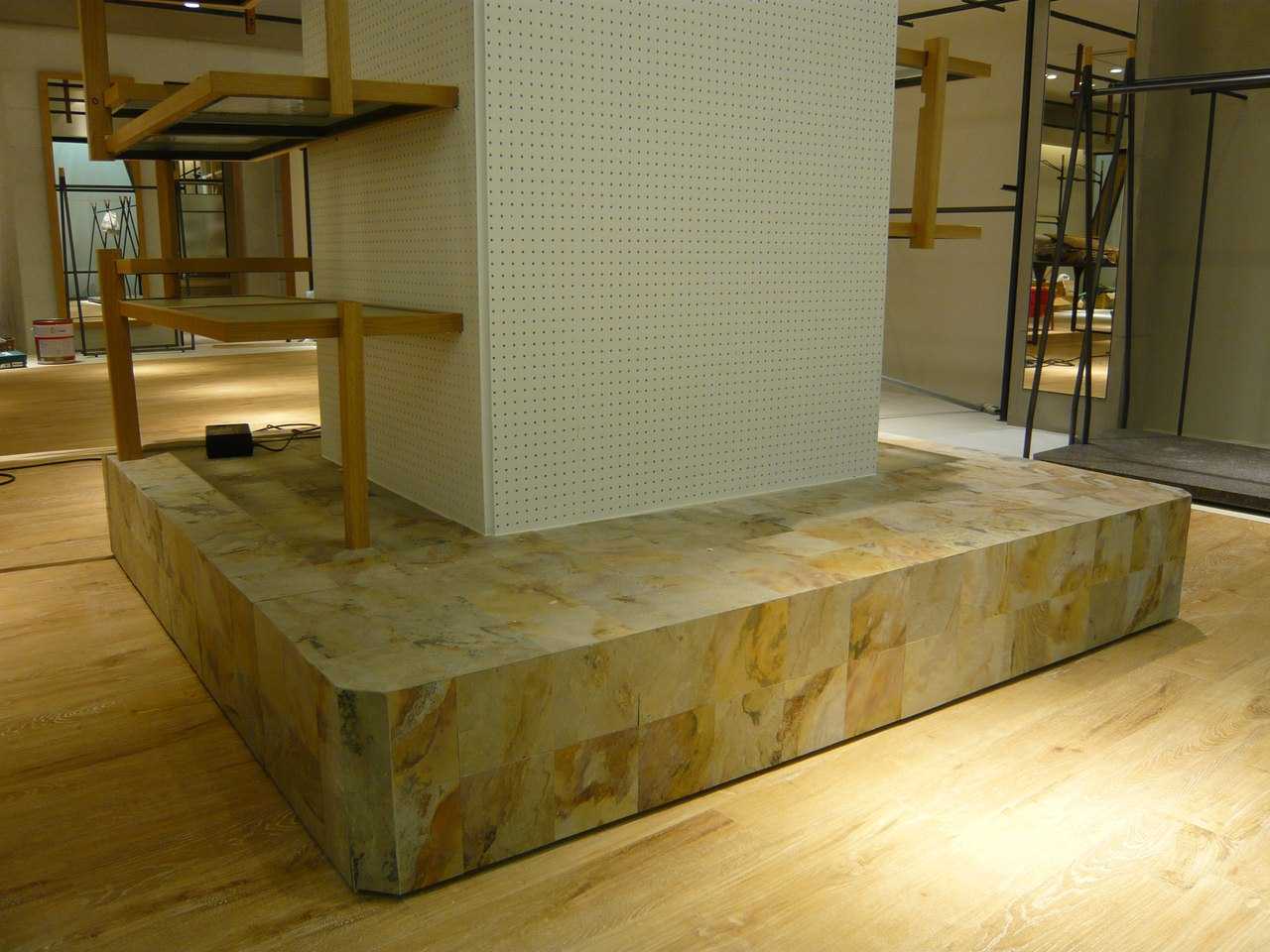
Flexible stone in the interior

Decorating the apartment with a flexible stone
Flexible stone characteristics
The material combines the properties of synthetic and natural finishes:
- The stone does not support the combustion process, therefore it is absolutely fireproof.
- It tolerates temperature fluctuations and is suitable for facing surfaces bordering heating appliances (fireplaces, stoves, chimneys).
- Differs in durability and long term of operation.
- Flexible stone does not require complicated maintenance.
- It maintains an optimal level of humidity in the room, contributes to full gas exchange.
- Creates an environmentally friendly environment, forms a homely atmosphere.
- Due to its low weight, it does not create a large load on the building, as is the case with stone tiles.
- Original material for solving various design problems and exclusive projects.
- It is not saturated with kitchen odors, the soft stone in the interior copes well with the absorption of fine suspended matter.

Room design with flexible stone wall decoration

Flexible stone room interior

Wall decoration with flexible stone
How to use a flexible stone for the original finish
Interior styles, where you can not do without natural materials, are an excellent field of activity where stone decor will fit. Designers offer more and more options where the use of stone is justified and appropriate.
Mysterious stone grotto - the original frame of the head of the bed or a niche under the figurine. Flexible stone in the interior of a modern living room looks inimitable.
The surface of the stone somehow diffuses the light in a special way, and you can achieve an inimitable effect with a combination of floor and wall lamps of the original form.
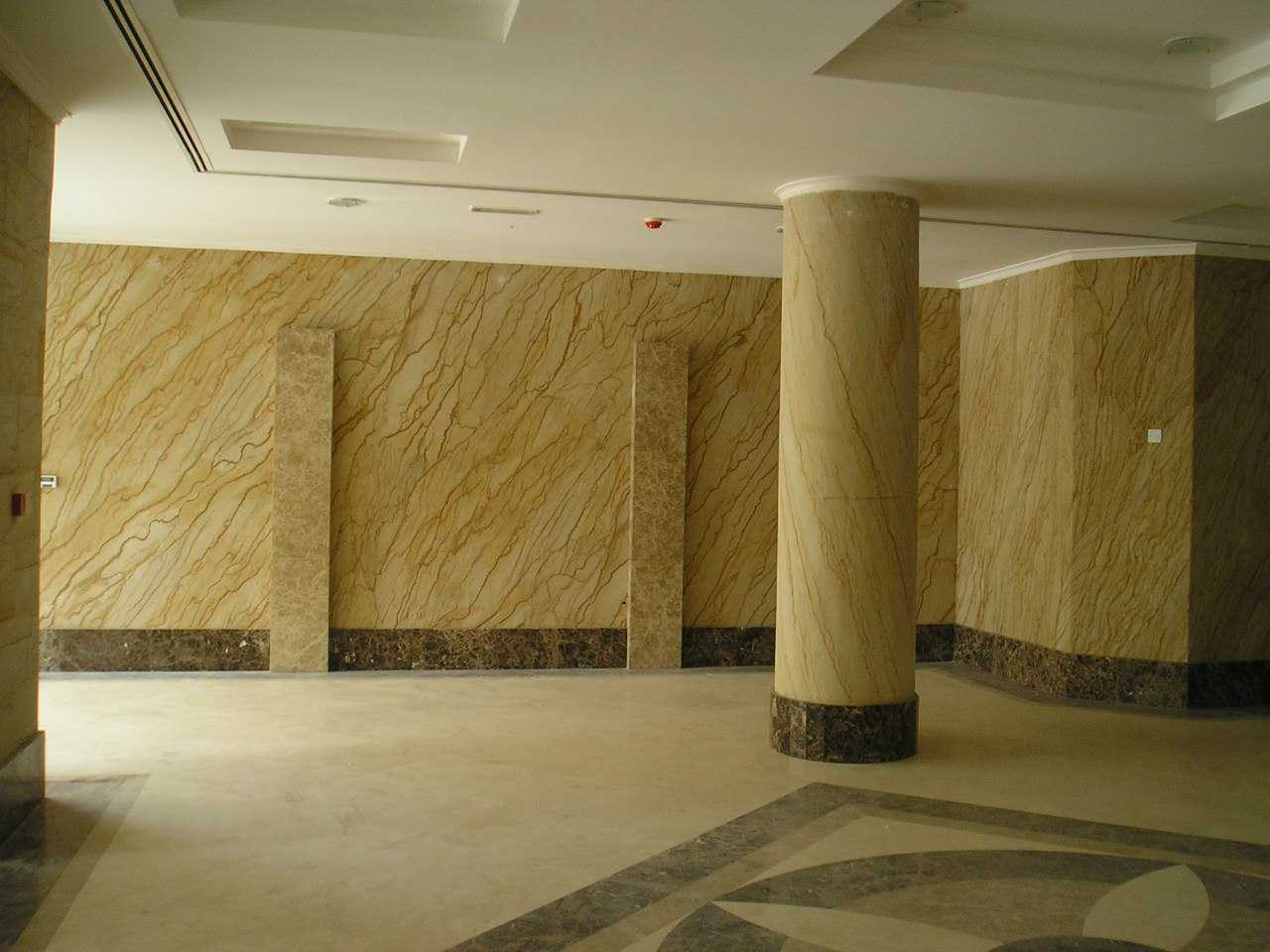
Flexible stone in the interior
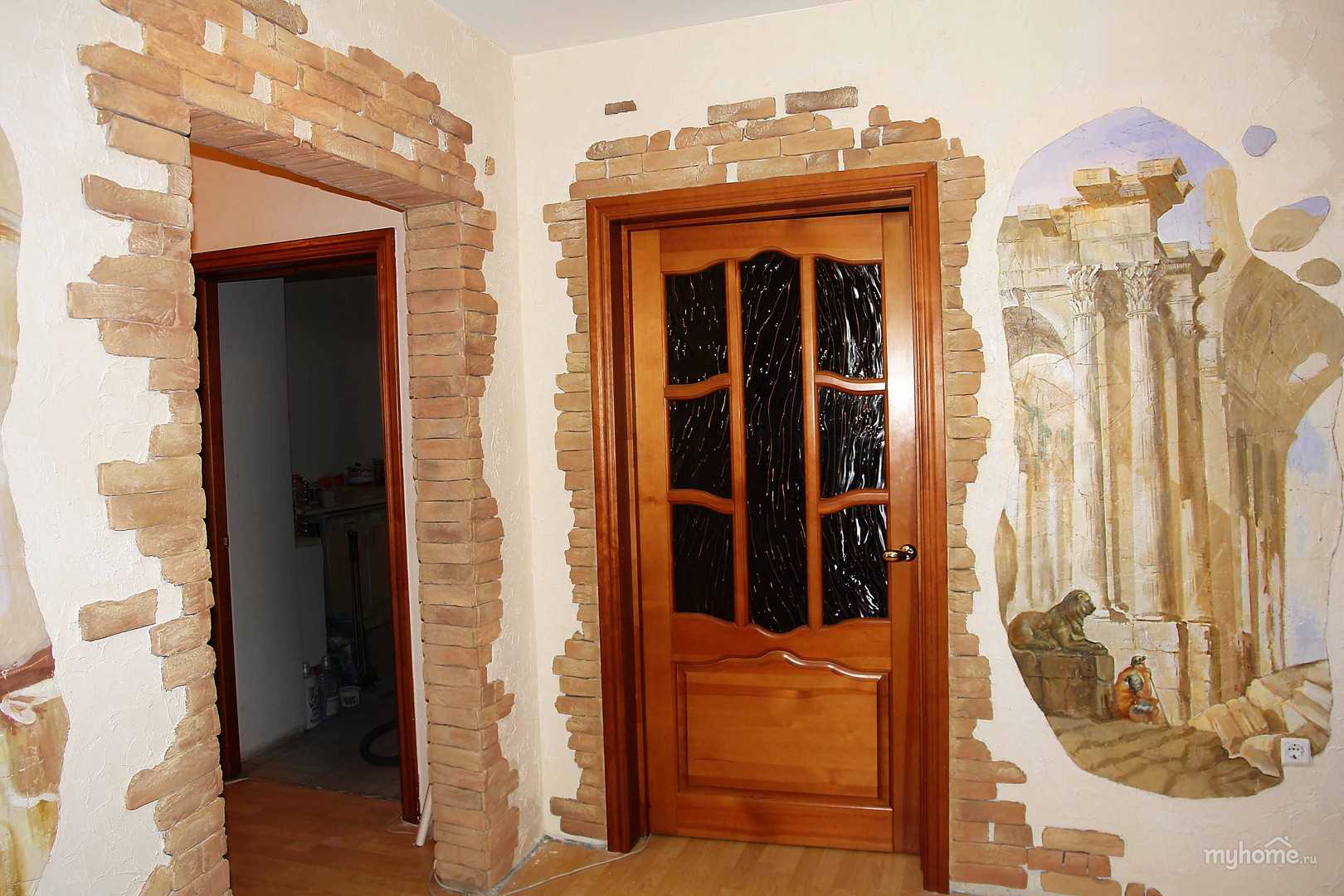
Decorating the apartment with a flexible stone
For finishing curved surfaces in the interior, a flexible stone is better than other options. It is difficult to choose a material that would fully meet the requirements and was sufficiently plastic for the outer lining of the bathtub, jacuzzi or mini-pool.
Rectangular and rounded columns are rarely made of solid stone, but they would be very heavy, which would create difficulties with transportation and installation. Finished forms with stone cladding create a unique flavor in the hallway, especially when the finish is duplicated on the walls or individual panels.

Room design with flexible stone wall decoration

Flexible stone room interior

Wall decoration with flexible stone
Decorative inserts are one of the most fashionable trends in interior design. By combining various natural materials, it is easy to create an inimitable installation or draw attention to a specific area of the room.
The original wall cladding is an excellent means of zoning large rooms. The combination of a stone surface of different textures - marble tiles, crushed sandstone and “wild” stone in the form of masonry will look inimitable.
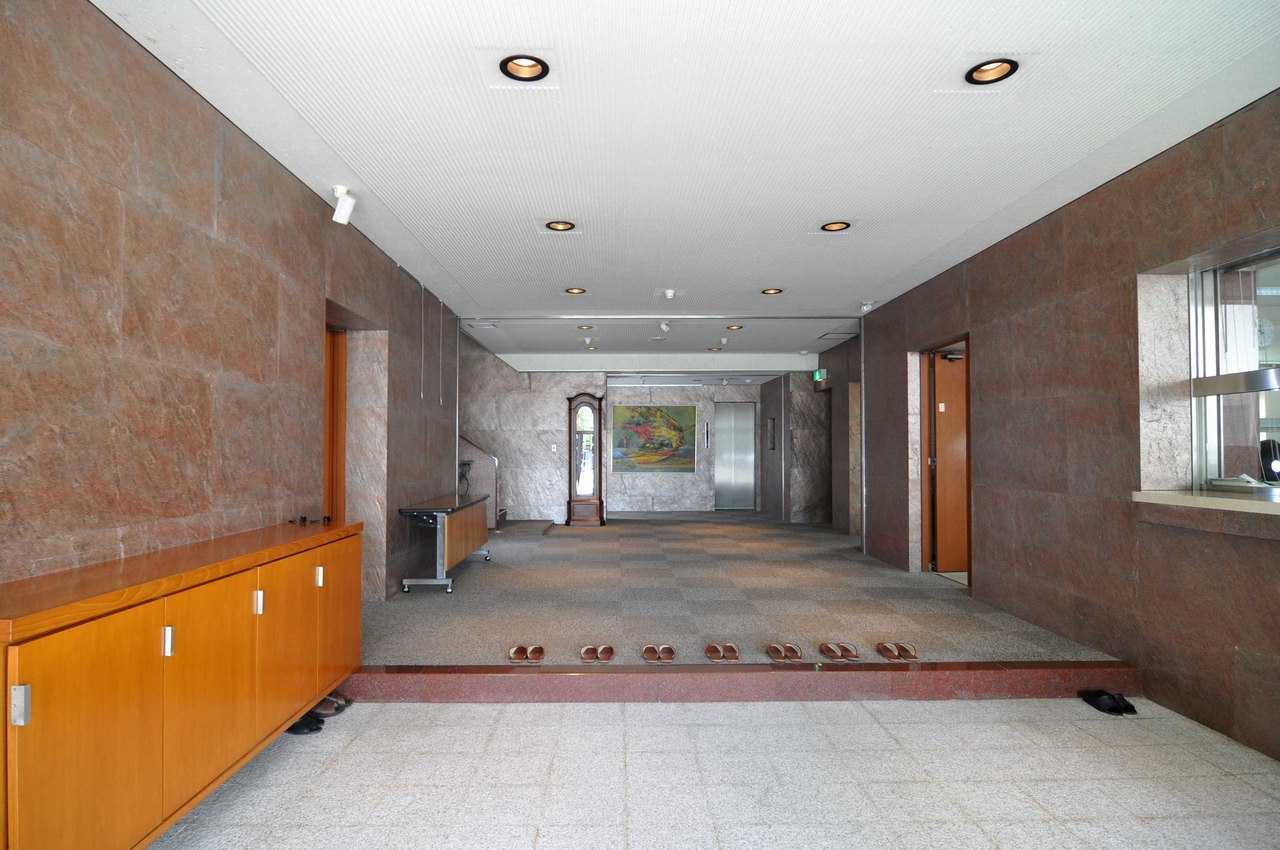
Flexible stone in the interior

Decorating the apartment with a flexible stone
The combination of stones of different types and shades - for lovers of contrasts. Soft stone happens with an unexpressed pattern and in the form of linear contrasts. You can alternate the direction of the natural pattern, stacking the sheets on the principle of "chess" or on the diagonal to the right and left.
A special technique is photo printing, murals and picturesque panels made on a stone basis. This is appropriate for interior decoration in historical styles. Drawing can be applied:
- on the wall;
- in a niche;
- on columns;
- on the ceilings;
- above the stairs;
- in arched vaults.

Room design with flexible stone wall decoration

Flexible stone room interior

Wall decoration with flexible stone
Useful Tips for Using Flexible Stone Cladding
To carry the strata you need a prepared smooth surface, it is plastered and coated with a primer.The roll material has a protective sticky layer that protects the texture from the scattering of small particles and damage to the texture of the flexible stone.
When installing a flexible stone with your own hands, carefully read the instructions that indicate the tool and the method of applying the roll or tile to the prepared surfaces. It is important to follow the instructions clearly to get a seamless, seamless surface without bending corners.
It is better to start the work from the upper corner and then align the cladding fragment horizontally and vertically. Apply rolls using a plumb bob and level.

Flexible stone in the interior
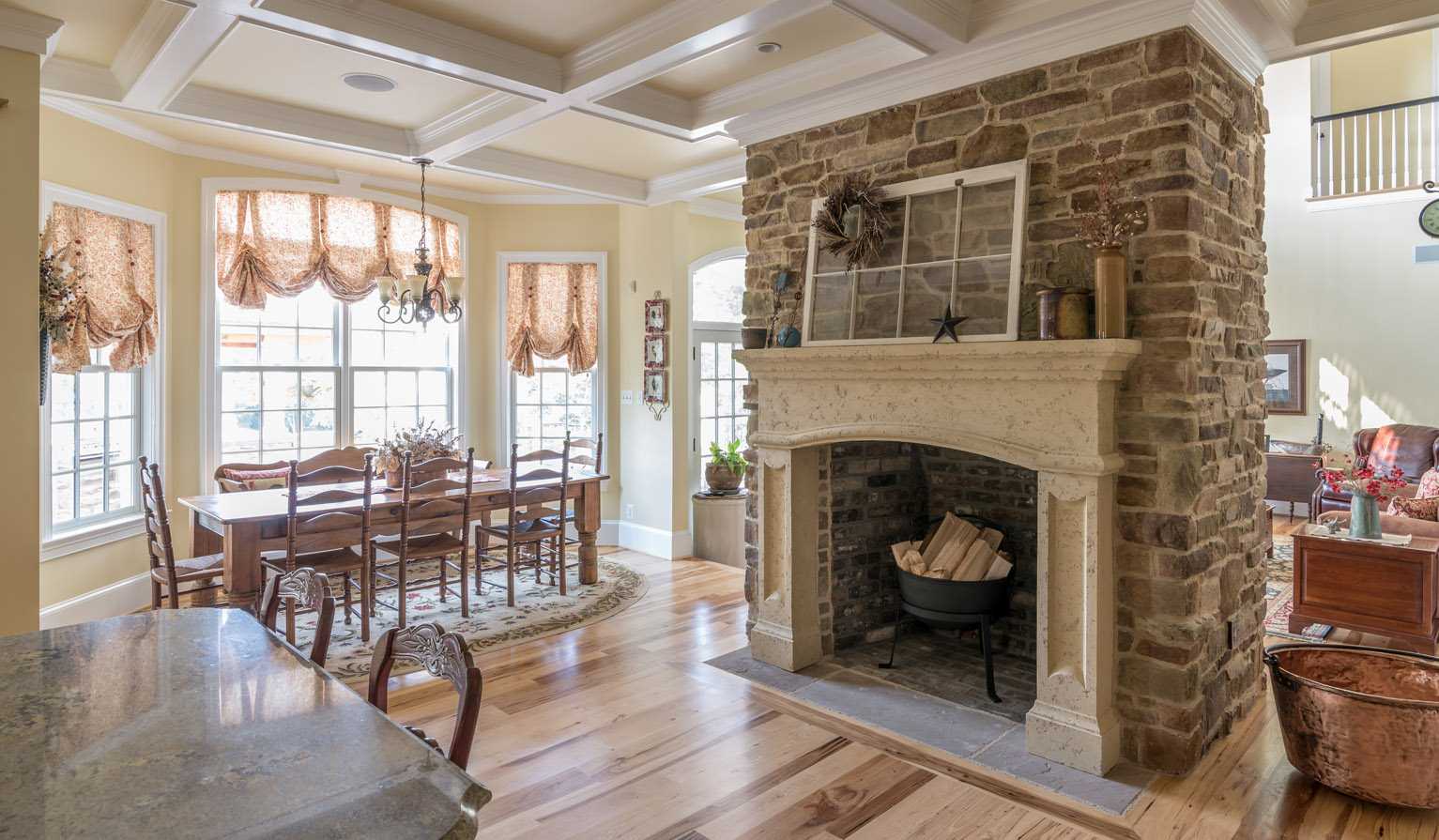
Decorating the apartment with a flexible stone
Trimming rolls can also be used, especially in those places where the seams will not be noticeable. The most convenient way to apply - alternating tiles or pieces of rolls of different textures, where it is not necessary to hide the joints.
Flexible stone, like other rolls, is applied to a surface impregnated with glue. But not every glue is suitable for working with this material, so it is important to choose a brand according to the instructions. The heated edges of the polymer base converge better at the seams.
If you want additional protection against moisture penetration, the rolls can be soaked with hydrophobic mixtures. In the living room there is no need for such processing, only in the pool or bathrooms.
Video: Flexible stone for interior decoration











